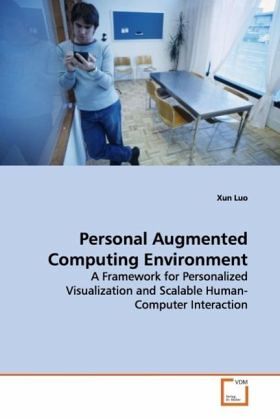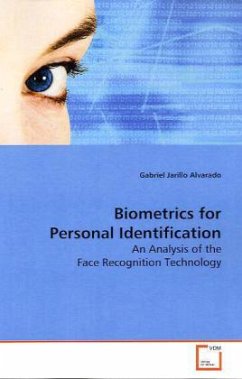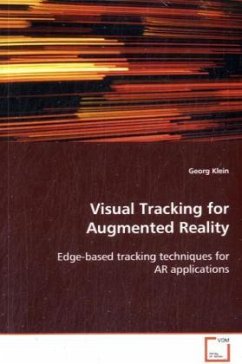
Personal Augmented Computing Environment
A Framework for Personalized Visualization and Scalable Human-Computer Interaction
Versandkostenfrei!
Versandfertig in 6-10 Tagen
39,99 €
inkl. MwSt.

PAYBACK Punkte
20 °P sammeln!
Personal mobile devices (MDs) have evolvedtremendously during recent years. The use ofMDs is becoming pervasive; the hardwareconfigurations are enhanced to be comparable tolow-end desktop systems; and there are drasticimprovements in the wireless communicationinfrastructures. These trends make novel applicationsand business models by deploying virtual environments(VEs) for MDs promising and desirable. However, tomake the key elements of a VE, i.e. visualization andinteraction, work as smoothly on MDs as on desktopsystems, three research challenges need to beaddressed: 1) which visual factors o...
Personal mobile devices (MDs) have evolved
tremendously during recent years. The use of
MDs is becoming pervasive; the hardware
configurations are enhanced to be comparable to
low-end desktop systems; and there are drastic
improvements in the wireless communication
infrastructures. These trends make novel applications
and business models by deploying virtual environments
(VEs) for MDs promising and desirable. However, to
make the key elements of a VE, i.e. visualization and
interaction, work as smoothly on MDs as on desktop
systems, three research challenges need to be
addressed: 1) which visual factors of a VE make the
user s realism perception similar to that in the
physical world? 2) How to effectively allow a user to
collect his/her own biometric data to build
personalized profiles? 3) How to efficiently make use
of the processing resources in the infrastructure for
the computing-intensive tasks of an individual user,
such as intelligent human computer interaction? Read
this book about a framework that strives for the
solutions.
tremendously during recent years. The use of
MDs is becoming pervasive; the hardware
configurations are enhanced to be comparable to
low-end desktop systems; and there are drastic
improvements in the wireless communication
infrastructures. These trends make novel applications
and business models by deploying virtual environments
(VEs) for MDs promising and desirable. However, to
make the key elements of a VE, i.e. visualization and
interaction, work as smoothly on MDs as on desktop
systems, three research challenges need to be
addressed: 1) which visual factors of a VE make the
user s realism perception similar to that in the
physical world? 2) How to effectively allow a user to
collect his/her own biometric data to build
personalized profiles? 3) How to efficiently make use
of the processing resources in the infrastructure for
the computing-intensive tasks of an individual user,
such as intelligent human computer interaction? Read
this book about a framework that strives for the
solutions.












